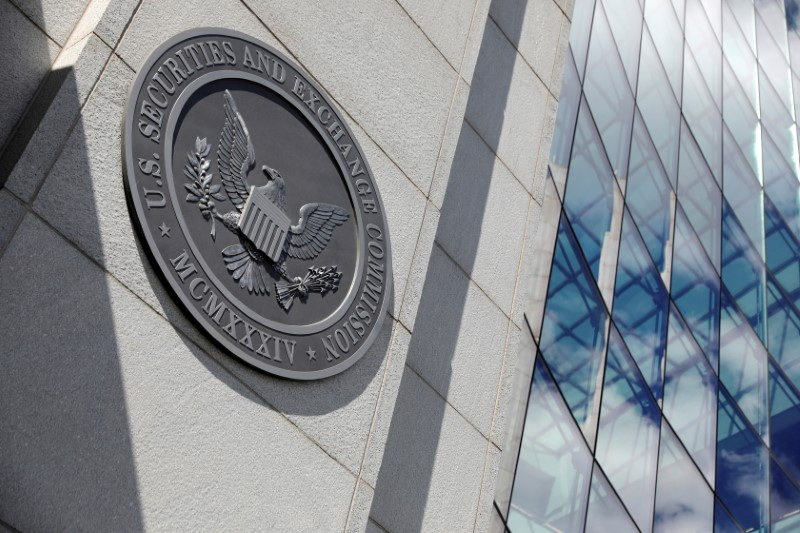By Davide Barbuscia
NEW YORK (Reuters) – Liquidity in the $27 trillion U.S. Treasury market, the largest government bond market in the world, is back to levels seen before the Federal Reserve started hiking interest rates in 2022, according to a New York Fed report.
Liquidity – or the ability to trade an asset without significantly moving its price – worsened over the past few years as U.S. government bond prices swung sharply since the U.S. central bank started hiking rates to tame inflation.
But common measures to assess trading conditions “point to an improvement in Treasury market liquidity in 2024 to levels last seen before the start of the current monetary policy tightening cycle,” Michael Fleming, head of Capital Markets Studies in the Federal Reserve Bank of New York’s Research and Statistics Group, said in a post on the New York Fed’s Liberty Street Economics blog on Monday.
Fleming observed improvements in the bid-ask spread, which is the difference between the highest bid price and the lowest ask price for a security. Spreads have been narrow and stable since mid-2023, after widening in the aftermath of the U.S. regional banking turmoil in March last year, he said.
Order book depth, or the average quantity of securities available for sale or purchase at the best bid and offer prices, has also increased since March last year, he said, although it declined in early August this year when a weaker-than-expected jobs market report and a surprise rate hike by the Bank of Japan shook financial markets.
Finally, Fleming observed an improvement in the price impact of trades, which assesses the price change that occurs when a buyer or seller begins a trade. After rising sharply during the March 2023 banking turmoil, price impact has been declining to levels last seen in late 2021 and early 2022, he said, before rising again in early August 2024.
Regulators and the Treasury itself have in recent years launched a slate of reforms to improve trading conditions and avoid disruptions in the world’s biggest bond market. Still, many market participants remain concerned that vulnerabilities that emerged in previous incidents, such as in March 2020 when liquidity rapidly deteriorated amid pandemic fears, could still reappear in case of spikes in volatility and as government debt supply continues to grow.
Recent improvements in liquidity have been accompanied by a decrease in volatility, or price fluctuations, said Fleming.
However, a proxy for Treasuries liquidity that measures deviations between certain Treasury yields has kept deteriorating, he added.
“The market’s capacity to smoothly handle large trading flows has been of ongoing concern since March 2020 … debt outstanding continues to grow, and recent empirical work shows how constraints on intermediation capacity can worsen illiquidity,” he said.
“Close monitoring of Treasury market liquidity, and continued efforts to improve the market’s resilience, remain appropriate.”
(Reporting by Davide Barbuscia, Editing by William Maclean)
Read the full article here

